What is CGMA? Why I studied there?
- Sep 10
- 8 min read
I didn’t know from a young age that I loved drawing, so back in college I never thought about going to art school. And honestly, even if I had realized it back then and suggested applying to an art school, my family would never have agreed.
Either way, I’ve grown up, now in my thirties, and if I want to seriously study art again, it’s my responsibility.
My Goals in Learning Art This Time
As someone who has to take responsibility for myself and my family, I can no longer rely on my parents and just go study without worries. If I were to return to school, I’d have to carefully weigh both time and financial costs. While I can absolutely commit to studying art, I cannot allow this decision to disrupt the normal functioning of my family.
That’s why, before signing up for any courses, it’s more important to clarify my goals for learning than just collecting information about schools.
In the past, I’ve bought some online courses from a few art Youtubers. They were very helpful when I was just starting out. But now that I’m aiming for the next stage, those kinds of courses feel a little superficial. I know that with my current skills, I’m not yet qualified to be hired as a professional concept artist. So my primary goal is to improve my art fundamentals, especially composition and storytelling, and to better understand the workflow in the industry today.
Although my goals are related to becoming a concept artist, I also want to keep an open mind. What I learn can be applied to my own personal work as well. Pursuing a freelance illustrator career would also be a great option.
Options for Learning Art
Previously, I already posted a very long blog about this topic. Feel free to check out the previous post.
Why Not Choose a Traditional Art School?
Those who also live in Vancouver probably know about Emily Carr, a very famous art school here. Of course, there are other art schools too. It’s not that I never considered these traditional academies, but even just applying to one requires preparing a portfolio. Honestly, I don’t think I could pull that off. Anyone who’s ever made a portfolio knows that while it might look like just a dozen or so pages, the amount of time and effort it takes to polish that content is enormous.
Sure, I’ve quit my job and could theoretically spend all my time on a portfolio, but I’m already in my thirties. My time shouldn’t be spent on making a portfolio for admission. I need to be making a portfolio for employment. Besides, I can’t put all my eggs in one basket. I need to be creating my own work too, and testing the waters with selling my art and merchandise.
Another major issue with traditional art schools like Emily Carr is that when it comes to newer fields like digital art, their programs still aren’t specialized enough. Their goal is for you to graduate in four years as a well-rounded artist. I completely understand this. For high schoolers preparing to enter college, I think it’s a great approach. Most of them don’t yet know exactly what they want to do in the future. Letting them explore different things might spark unexpected inspiration, and it also gives them a backup plan.
But in my case, I already know my direction: I want to be a digital illustrator. So shouldn’t I be able to skip a few art history classes and focus more on how to illustrate?
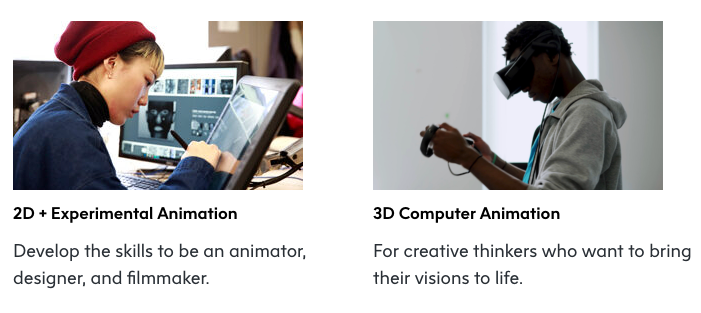
And of course, there’s the financial side of going back to school full time. If it were just one or two years, maybe I could swing it, but four years? That’s really not possible… I just can’t do it!
Why Not Just Buy Online Courses?
I’ve been buying several online art courses all along. Most of them have taught me something useful, but I always feel like they lack a proper system. Especially now that I want to level up (like really understanding composition and how to tell stories through my art), I’ve realized there aren’t many advanced art courses out there.
From what I’ve seen, most online courses are geared toward beginners to intermediate learners. So if you’re just starting out, they’re definitely worth considering. The best way is to pick an artist you already follow. If you’re familiar with their teaching style and it works for you, then go ahead and buy their courses.
Why Not Choose Other Online Art Schools?
In the previous post, I mentioned some newer art schools that offer 100% online or on campus programs. At first, I was actually interested. But once I saw their tuition fees, I immediately backed out. Emily Carr’s four-year program doesn’t even cost as much as these schools charge for just over one year.
For example, VCAD and VanArts here in Vancouver both offer programs that last one to one and a half years, but the tuition is CAD$30,000–40,000. That’s just not something an unemployed person like me, living off savings, can afford.
On top of that, their programs also aren’t specialized enough for what I want. VCAD, for instance, has programs like "3D Modeling Animation Art and Design", or "Game Development and Design". But I only want to focus on illustration. No matter which I pick, I’d end up spending time (and money!) on things I don’t want to study right now.

Why Choose CGMA?
CGMA (CG Master Academy) calls itself an online art school, but to be honest, it doesn’t really have the same admission process as a traditional school, nor does it require a portfolio. So, I see it more as a website that offers paid art courses. For me, that’s actually a good thing, because I don’t need to spend time preparing an admissions portfolio.
Another thing I really like about CGMA is that it organizes its courses by career paths and lays out the recommended order of study. This way, even if you don’t take all your classes at CGMA, you can still get a clear idea of what skills are needed to pursue the career path you want.
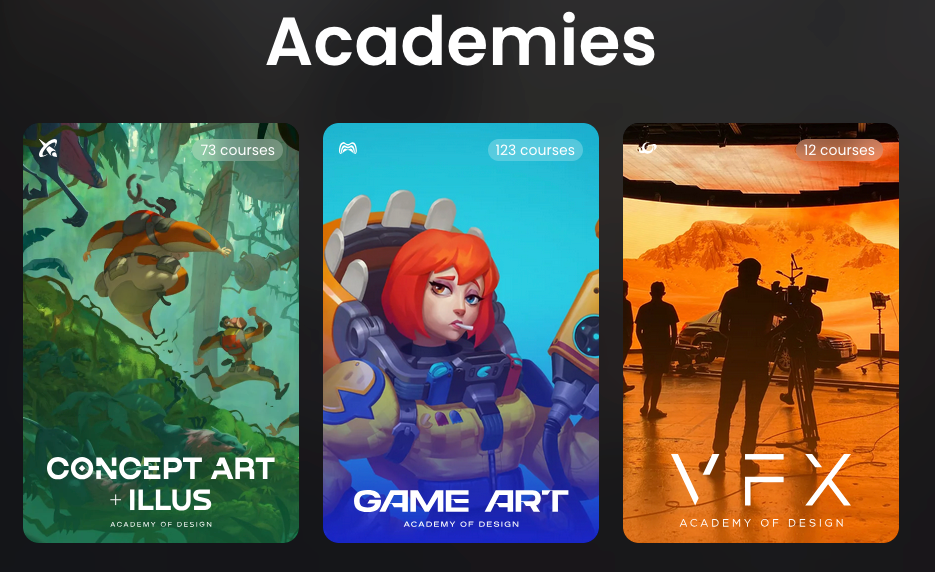
For example, in my case, I want to pursue illustration (my first choice), or concept art for games and movies.
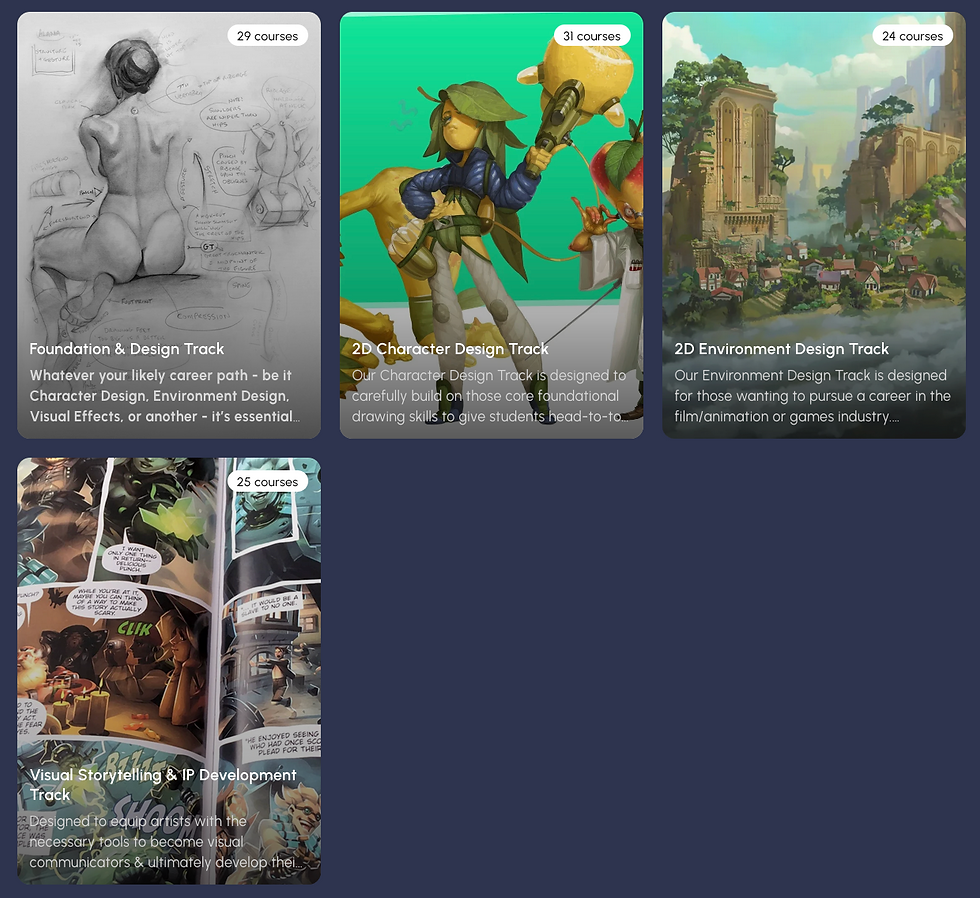
As you can see, CGMA first breaks the career paths into three main categories: concept art, game art, and VFX. Then, within each category, they subdivide further. For concept art, they split it into four tracks, and I chose "2D Environment Design".
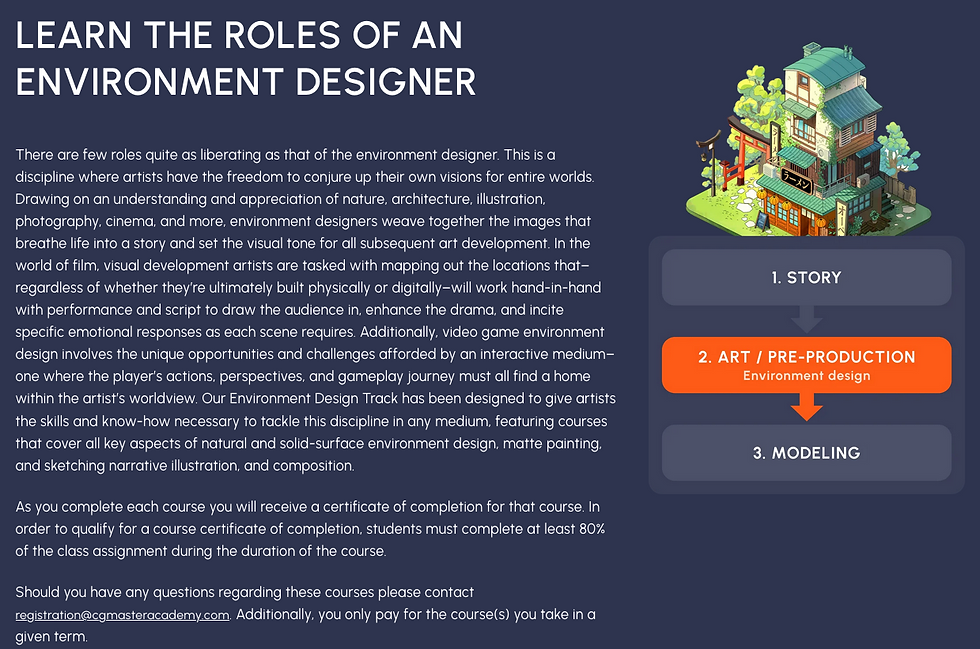
When you click in, you’ll see an overview explaining which stage of the production pipeline this career focuses on (in this context, it basically means the game and film industries). It also lists the courses you need to take, along with a suggested order.
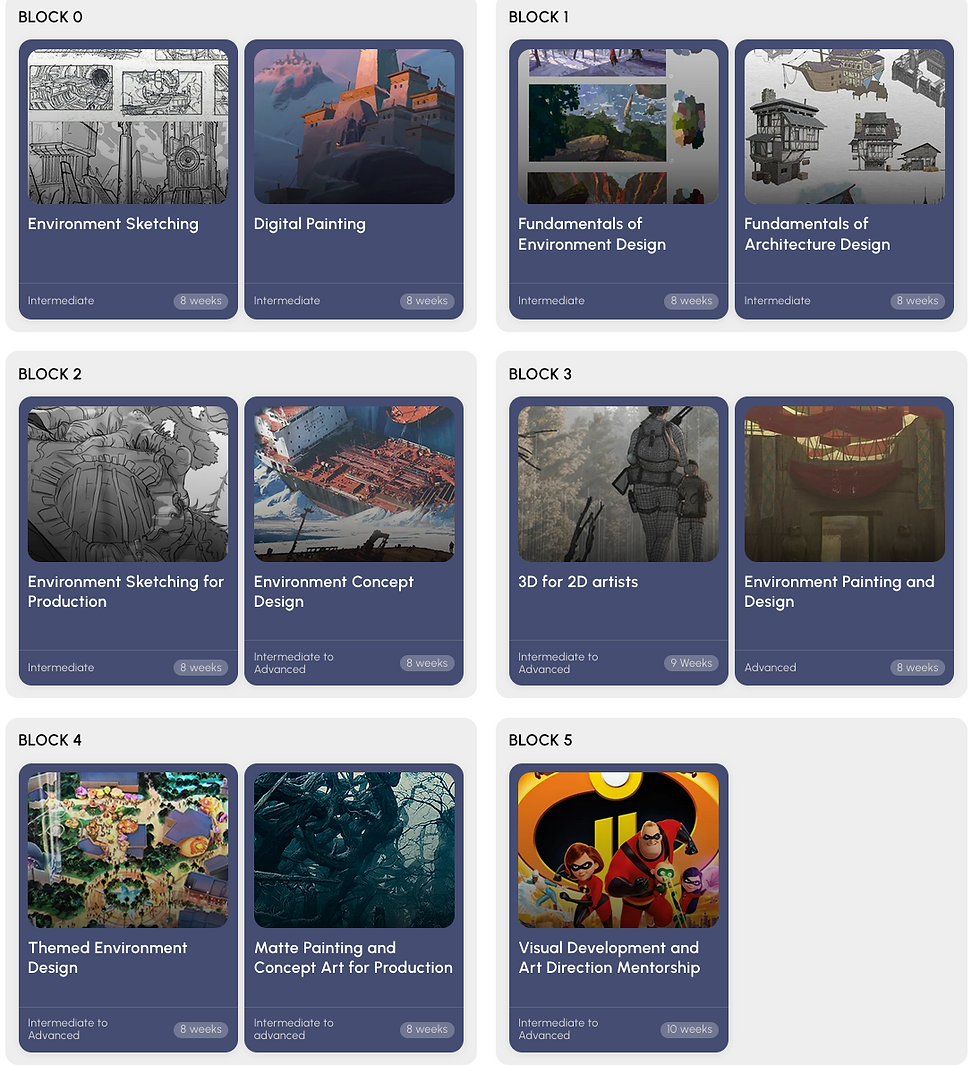
Each “block” can be understood as a semester. CGMA generally recommends not taking more than two courses per semester, especially if you’re studying part-time. Like traditional schools, they follow a semester-based system.

What Are CGMA Classes Like?
Most CGMA courses are eight weeks long, with one class per week. The majority of the lessons are pre-recorded by the instructor and only released on the scheduled date. At the end of each lesson, the instructor assigns homework, which is usually due on the day of the next lesson. Every week, the instructor also hosts a live session to answer students’ questions and do some live demonstrations. These sessions usually last about an hour, though some instructors may go longer.
Before and after the live session, the instructor reviews your homework and records personalized feedback for you.
Each eight-week course costs a flat $699 USD. Unlike traditional schools, CGMA doesn’t have miscellaneous extra fees, and the $699 can even be paid in instalments. Some shorter courses are cheaper.
My Current Experience
When I first signed up, I thought to myself, “I’m not going back to work for now, so I can study full-time for a few months.” CGMA mentioned that each course typically takes about 8–10 hours per week, so two courses would be about 20 hours a week, roughly like a part-time job. I figured, since I was going full-time, why not take an extra course?
So besides enrolling in Block 0’s "Environment Sketching" and "Digital Painting", I also added "Head Drawing & Construction" (since I’ve always struggled with drawing faces and wanted some practice). Who knew that decision would backfire on me…
Out of the three, only "Digital Painting" felt like it was within my comfort zone. For the other two, I ended up spending huge amounts of time each week just trying to complete the assignments. I really didn’t expect homework to take so long. The “8–10 hours per week” they mention feels pretty optimistic. In reality, you might need much more time, especially when dealing with areas you’re unfamiliar with.
And just my luck, right after I started, my applications for art booths and consignment sales all got approved. So I had no choice but to juggle both. Mornings for study, afternoons for product prep, nonstop for three straight weeks. Honestly, it was even more exhausting than my old overtime-heavy job. But the big difference is, when you’re working on your own things, no matter how tired you are, there’s no mental drain.
I’ll be sharing more details later about what each of the three classes actually covers.
Do I Recommend It?
When I first came across CGMA, the very first thing I did was check the price, $699 per course. Not exactly cheap. But compared to other art schools, it’s still relatively affordable. And once I looked more closely at what’s included in each CGMA class, I thought, maybe it’s worth trying.
After I actually enrolled, just one week into the courses, I already felt they were worth it. The pre-recorded lessons aren’t a big deal. After all, there are plenty of pre-recorded art courses you can buy online. The live sessions aren’t a big deal either. These days you can watch master artists livestream for free. What’s truly valuable is the personalized feedbacks from instructors.
Before, when I saw people online saying that feedback was the most important part, I didn’t really believe it. Now I’m convinced! Honestly, without that feedback, there’s no way I would’ve improved so much in just a few weeks. Sometimes when you watch an instructor’s demo, everything looks so clear and logical. But when you try it yourself, everything feels wrong. That’s when the instructor can point out exactly what needs improvement, and you can fix it right away. It’s so much faster than fumbling around on your own.
So yes, I absolutely recommend CGMA courses. If paying $699 upfront feels like too much, they offer instalment plans with no interest. You can split it into three monthly payments of $233, which I think is very reasonable.
That said, I do need to point out that the courses under the “career track” are all intermediate level and up. That means you need at least some foundation before you take them. Otherwise, combined with the workload, beginners will easily feel overwhelmed. If you’re a beginner but really like CGMA’s teaching model, you can try some of their beginner courses first instead of jumping straight into intermediate.


















Comments